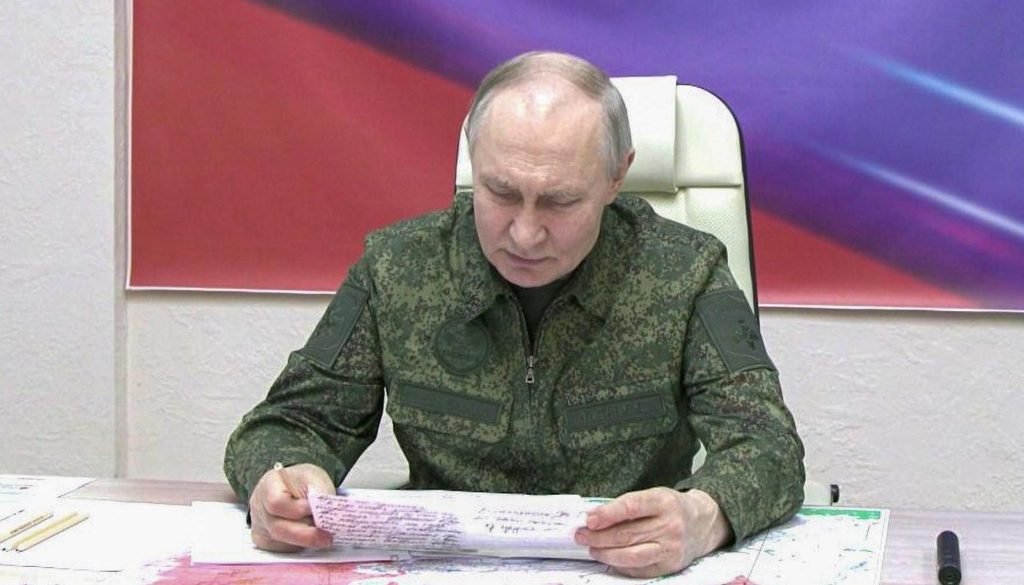Russia Tests Nuclear Powered Cruise Missile Said To Have Unlimited Range
Russia says it has tested a nuclear powered cruise missile that can fly extremely long distances.
Western officials worry the weapon’s design could cause radioactive danger if anything goes wrong.
Russia says it has carried out a fresh test of its new nuclear powered cruise missile known as Burevestnik, a weapon the Kremlin claims can travel for very long distances without stopping. President Vladimir Putin made the announcement during a visit to a military command location where he received progress updates on various strategic weapons.

Putin told senior officers that the missile has a nuclear engine that could allow it to stay in the air for many hours while flying around the globe. He described the weapon as a major achievement for Russia’s defence program and said that no other country has anything similar. According to him, the system will soon complete development and move closer to deployment. He said it is designed to overcome any missile shield now available or that may be created in the future.
Russian military chiefs have provided some details about the most recent trial. General Valery Gerasimov said the missile covered about 14,000 kilometres over a period of 15 hours. Reports from Russian media describe the missile as about 12 metres in length and able to carry a nuclear warhead. It is seen as part of a strategy to create missiles that can avoid detection by flying at very low altitude and changing direction many times during flight.
The Burevestnik has been a subject of concern in Western nations for years. Analysts often call it a dangerous experiment because it relies on a nuclear propulsion system. Critics believe that if anything goes wrong during launch or flight, there could be a release of radioactive material. A former United States State Department official once argued that the project is risky to Russia itself since any crash over Russian territory could have serious health and environmental effects.
There have been setbacks during development. Independent monitors say the missile has been tested many times since 2016, but success has been limited. One major incident in 2019 led to the death of several specialists during an effort to recover a prototype from the sea. That event caused a spike in radiation levels in a nearby town and raised more questions about the project’s safety.
Despite these issues, Russia says it has continued to refine the technology. The Burevestnik is one of the advanced weapons Putin first mentioned in 2018 along with other strategic systems such as the Sarmat intercontinental missile, the Kinzhal and Zircon hypersonic missiles, the Avangard glider and the Poseidon underwater nuclear drone. Moscow says the goal of these projects is to strengthen its nuclear deterrence.
Some Western intelligence officials remain doubtful that the missile is close to operational use. They say its complex power system still needs to prove that it can work safely and reliably under real combat conditions. Satellite images studied by researchers in the United States have linked a remote northern location in Vologda region to recent test preparations. This suggests Russia is continuing to put significant effort into the program.
Putin’s statement on the new test comes during a period of intense fighting in Ukraine. Ukrainian authorities said several people were killed and many more injured by Russian strikes in the past few days. The Ukrainian president has accused Russia of greatly increasing its use of drones, bombs and missiles against cities and towns.
As Russia pushes forward with its nuclear powered missile, debates continue around the world about the risks and consequences of this type of weapon. Supporters in Moscow argue it is needed to counter what they describe as growing threats. Opponents say it could create new dangers that extend far beyond the battlefield.



